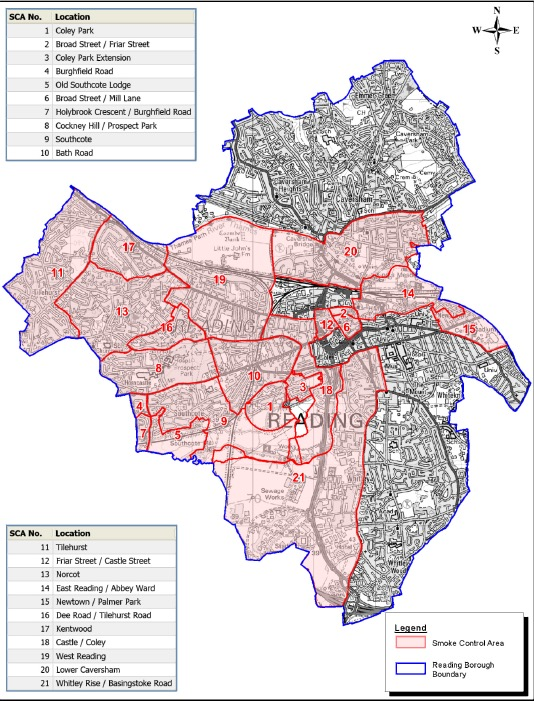The science of air quality
What is Air Quality?
Air quality is the term we use to describe how polluted the air we breathe is. When air quality is poor, pollutants in the air may be hazardous to people, particularly those with lung or heart conditions. Clean air is a basic requirement of a healthy environment for us all to live in, work, and bring up families. Air quality has improved significantly in recent decades, but there are some parts of our country where there are unacceptable levels of air pollution. School children and the elderly are particularly vulnerable.
What is the difference between air pollution and climate change?
Air pollution is the contamination of indoor or outdoor air due to substances in the atmosphere which are harmful to human health whereas climate change refers to the long-term shift in the world’s temperatures and weather patterns.
What is particulate matter?
Particles of solid or liquid matter suspended in the air that are usually measured in three sizes – PM1, PM2.5 and PM10
What are some examples of the sources of particulate matter?
Outdoor: vehicle exhausts, construction sites and factories / Indoor: cooking, candles and fireplaces
Particulate emissions in the UK come from:
- 38% from burning wood and coal in domestic open fires and solid fuel stoves
- 12% from road transport
- 13% from solvent use and industrial processes
- 16% from industrial combustion (non-domestic burning)
What is particulate matter?
Coughing, irritation of the airways, eyes, nose and throat and aggravated asthma
How many deaths per year does manmade air pollution contribute to each year?
Between 28,000 and 26,000 (Office for Health Improvement & Disparities, 2022)
How many people in Reading are exposed to air pollution?
95 neighbourhoods and therefore around 157,000 were exposed to air pollution in 2022 (Perrin, 2023).
What is NOx and what are its sources? and a brief history of its atmospheric levels?
Nitrogen oxides are a group of gases that are mainly created from burning fossil fuels. When the gas reacts with others in the air, it can create nitrogen dioxide (NO2) and ozone (O3). NOx emissions in the UK come from:
- 35% road transport
- 22% energy generation
- 19% industrial combustion
- 17% other transport, such as rail and shipping
How have NOx levels changed in the atmosphere?
Nitrogen oxide emissions are decreasing and have fallen by 72% since 1970 (and 27% since 2010). DEFRA aim to reduce emissions of nitrogen oxides (from the 2005 baseline) by 55% by 2020 and 73% by 2030. The UK isn’t meeting the current limits of nitrogen dioxide concentration.
What are Volatile Organic Compounds (VOCs)?
Gaseous compounds with high vapour pressures which are therefore quicker to evaporate
What health issues are associated with high concentrations of Volatile Organic Compounds (VOCs)?
Irritation of the eyes, nose and throat, headaches and nausea and damage to liver, kidneys and central nervous system.
What are smoke control zones?
Areas where it is an offence to emit substantial amounts of smoke from chimneys, furnaces or fixed boilers.
How much of Reading is in a smoke control zone?
62%

What are the top tips for reducing your exposure?
There are small changes you can make today which will reduce your exposure to air pollution. These include:
- not using your car as often for short journeys
- reducing how much you burn in your home and garden
- if you choose to burn, switching to using cleaner fuels like Ready to Burn wood and to more efficient appliances
- opening your windows when you clean, do DIY, smoke or do other activities that release pollutants directly into your home
- staying away from traffic as much as possible if you’re walking or cycling (like walking on the side of the pavement furthest from the road, using the quieter roads and keeping back when waiting to cross the road)
- turning off your car engine when you park or are waiting in traffic
References
Office for Health Improvement & Disparities (2022) ‘Air pollution: applying All Our Health’. (Accessed 21/11/23)
Perrin, I. (2023) ‘Dangerously high air pollution in nearly all Reading neighbourhoods’. (Accessed 30/11/23)
